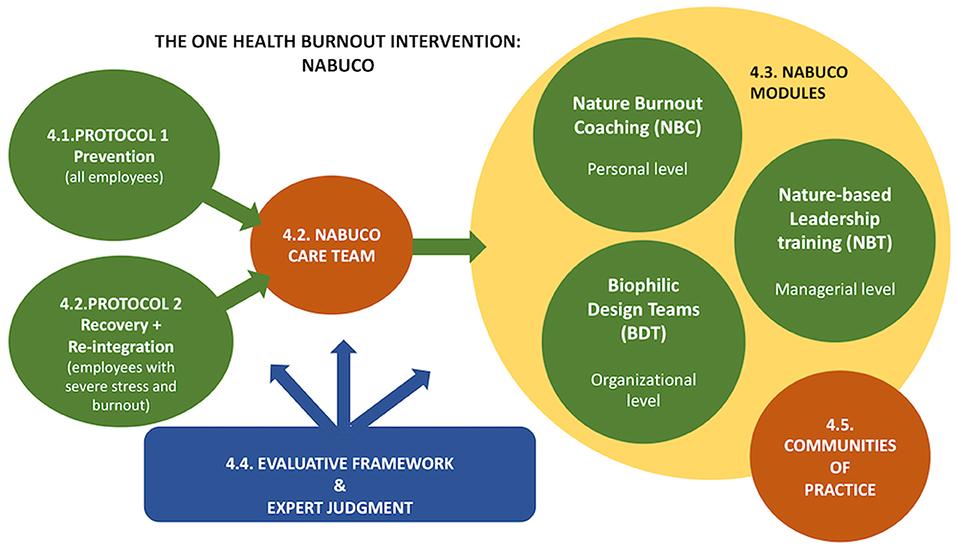In today’s fast-paced world, the term “burnout” has become increasingly common, echoing through workplaces, schools, and even our homes. While the occasional bout of stress is a normal part of life, chronic burnout can lead to serious physical, emotional, and mental health challenges. It’s a state of complete exhaustion— a draining of not just energy, but passion and purpose. Unfortunately, many of us think we can power through this overwhelming fatigue, convinced that the hustle is the only path to success. However, recognizing the signs of burnout and taking proactive steps to prevent it is crucial for sustaining both our well-being and productivity. In this article, we’ll delve into essential strategies to help you effectively manage stress, reclaim your energy, and foster a balanced lifestyle. Whether you’re navigating a demanding job, juggling personal commitments, or striving for personal fulfillment, these practical techniques will empower you to thwart burnout before it takes hold.
Table of Contents
- Understanding the Signs of Health Burnout and Their Impact
- Establishing Boundaries: Protecting Your Time and Energy
- Promoting Self-Care: Integrating Healthy Habits into Daily Life
- Fostering a Supportive Environment: Building Connections and Resources
- Key Takeaways
Understanding the Signs of Health Burnout and Their Impact

Health burnout manifests through a range of subtle and overt signs that can significantly undermine well-being. Common indicators include emotional exhaustion, where individuals feel drained and struggle to find motivation; cynicism towards their work and responsibilities; and a sense of ineffectiveness or reduced accomplishment. Recognizing these symptoms early is crucial, as they can escalate, leading to decreased productivity and negatively impacting personal relationships and quality of life. It is also important to understand that health professionals may experience these signs differently, given the unique demands of their roles.
The impact of health burnout can ripple through every aspect of life. Those experiencing it may withdraw socially, leading to isolation and exacerbating feelings of despair. This can create a cycle of neglecting self-care, which in turn further entrenches burnout. To illustrate the potential consequences, consider the following table that outlines common effects of health burnout:
| Dimension | Potential Effects |
|---|---|
| Physical Health | Increased fatigue, headaches, chronic ailments |
| Mental Health | Anxiety, depression, decreased focus |
| Relationships | Conflict, withdrawal from loved ones, lowered empathy |
| Work Performance | Decreased productivity, higher absenteeism, reduced creativity |
Establishing Boundaries: Protecting Your Time and Energy

Establishing boundaries is crucial for safeguarding your time and energy, particularly in a world that demands so much from us. Recognize your limits and communicate them clearly to others. This may include setting specific work hours, designating times for personal activities, or even turning off notifications outside of these hours. It’s essential to prioritize your well-being by creating physical and emotional spaces that allow you to recharge. When you delineate your personal time from work responsibilities, you create a sanctuary for your mental health, allowing for growth and rejuvenation.
Creating boundaries also involves learning to say no. This can be challenging, especially when obligations come from family or colleagues. However, it’s vital to remember that your energy is finite. Here are some effective strategies for maintaining your boundaries:
- Practice assertiveness: Politely yet firmly express your limits.
- Schedule downtime: Block time on your calendar for self-care.
- Communicate expectations: Be clear about what others can expect from you.
By prioritizing these strategies, you can establish a balanced life that minimizes the risk of burnout, allowing you to thrive both personally and professionally.
Promoting Self-Care: Integrating Healthy Habits into Daily Life
Embracing self-care is an essential practice for maintaining mental and physical well-being. Integrating healthy habits into your daily routine can act as a buffer against stress and prevent burnout. Consider adopting the following strategies:
- Mindfulness Meditation: A few minutes of mindfulness each day can enhance your focus and lower anxiety levels.
- Regular Physical Activity: Whether it’s a brisk walk, yoga, or a home workout, find an activity that you enjoy to keep your body and mind active.
- Balanced Nutrition: Fueling your body with nutritious foods can significantly impact your mood and energy levels. Prepare meals that include a variety of fruits, vegetables, lean proteins, and whole grains.
- Quality Sleep: Prioritizing restful sleep is crucial. Aim for 7-9 hours per night and establish a calming bedtime routine.
Incorporating these habits into your daily life doesn’t require massive changes; instead, focus on small, sustainable adjustments. Keeping track of your progress can also serve as motivation. Below is a simple table to help you set your daily self-care goals:
| Self-Care Activity | Frequency | Notes |
|---|---|---|
| Meditation | Daily | 5-10 minutes in the morning |
| Exercise | 3-4 times a week | Choose activities you enjoy |
| Mindful Eating | Daily | Focus on meals without distraction |
| Sufficient Sleep | Nightly | Maintain a consistent schedule |
Fostering a Supportive Environment: Building Connections and Resources
Creating and maintaining a compassionate atmosphere is crucial in mitigating health burnout. When individuals feel connected and supported, they are more likely to engage in healthy behaviors and seek help when needed. Here are some impactful strategies to enhance this environment:
- Regular Check-ins: Encourage open communication through routine meetings or informal catch-ups to discuss feelings and workloads.
- Peer Support Programs: Facilitate mentorship initiatives where experienced professionals guide and support newcomers, fostering camaraderie.
- Resource Access: Provide easy access to mental health resources, stress management workshops, and wellness programs tailored to individual needs.
To promote a deeper understanding of resource distribution, consider incorporating a centralized system where these support tools and networks can be easily navigated. Organizing information in a clear manner makes it accessible, encouraging individuals to take advantage of these offerings:
| Resource Type | Description | Access Method |
|---|---|---|
| Mental Health Services | Professional counseling and emotional support. | On-site or virtual consultations. |
| Stress Relief Workshops | Interactive sessions focusing on coping techniques. | In-person or online registrations. |
| Wellness Resources | Guides and materials on healthy living. | Available via workplace intranet or newsletters. |
Key Takeaways
As we conclude our exploration of essential strategies to effectively prevent health burnout, it’s crucial to remember that prioritizing well-being isn’t just a personal choice—it’s a necessity. In today’s fast-paced world, where demands are constant and pressures are high, taking proactive steps to safeguard your mental and physical health is not just advisable; it’s imperative.
Implementing these strategies—whether through setting firm boundaries, embracing self-care, or seeking support—can transform your approach to personal and professional challenges. Understanding and addressing the signs of burnout early can empower you to reclaim your energy and zest for life.
Remember, burnout does not discriminate, and it can affect anyone. By being equipped with the right tools and a mindful approach, you can cultivate a healthier, more balanced life. Take the time to invest in yourself, because a healthier you not only benefits you but also those around you. Let’s commit to fostering a culture of wellness, resilience, and support. Together, we can break the cycle of burnout and create a more sustainable path toward health and fulfillment. Thank you for joining us on this journey towards a more balanced life. Stay well, and remember: you are not alone in this fight.



